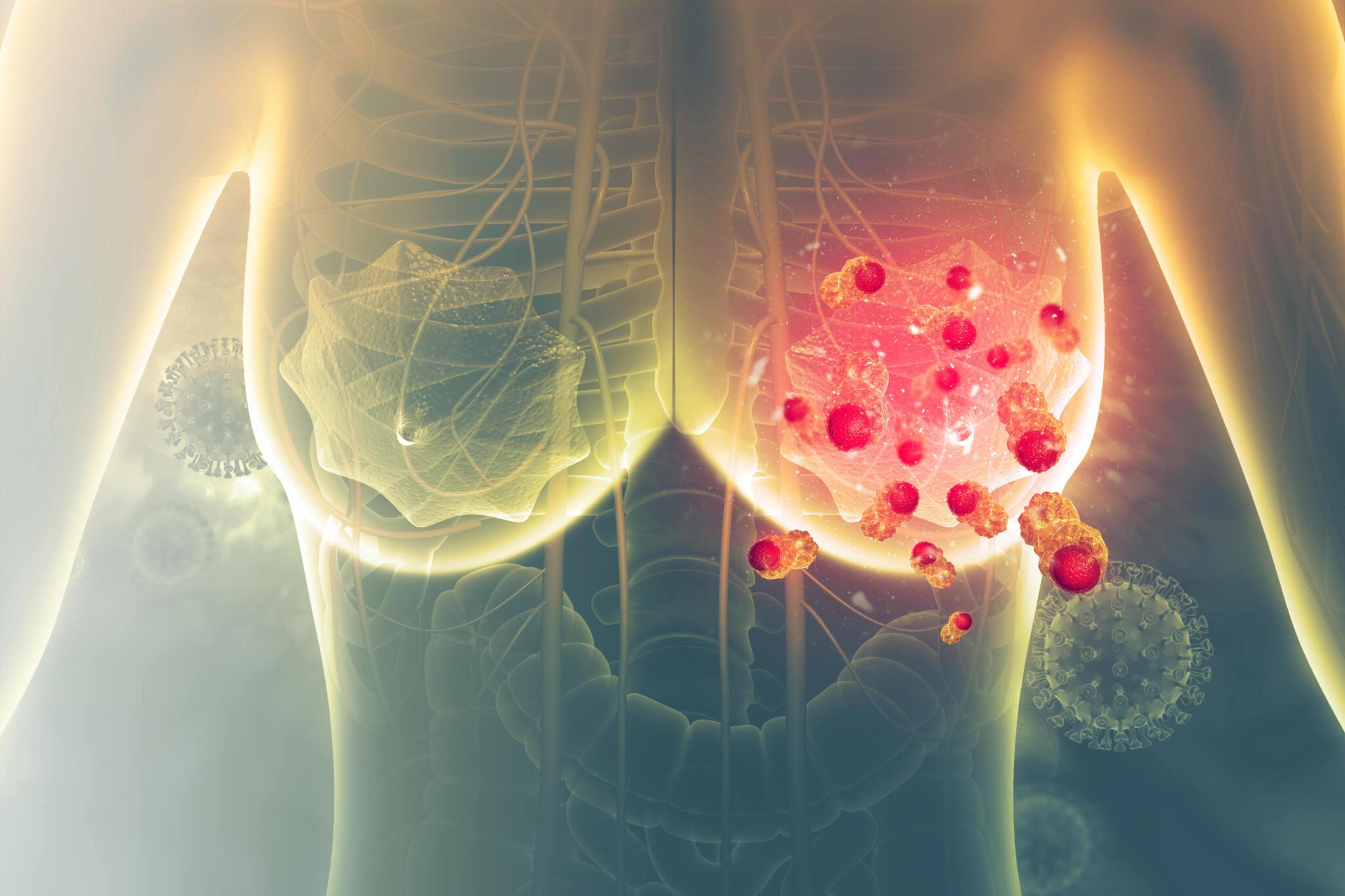
People’s health needs are dynamic as they navigate through life. Aging poses unique challenges and additional health problems whose response must be sought after. Common age-related health problems can give individuals and caregivers insights into the final stages of life’s journey. It facilitates early identification of emerging health issues, enhances quality of life, and extends years of living.
There are a range of physical and mental changes associated with aging. Some conditions like arthritis, heart disease, and diabetes are very prevalent. Dementia also becomes more common past age 65. Understanding these illnesses’ risk factors and early signs enables timely treatment and lifestyle adjustments.
This article explores some of the most significant health issues associated with aging.

1. Managing Incontinence
Incontinence, or the inability to control bladder and bowel functions, affects over 50% of senior citizens. As the condition is mainly found in older adults, it causes dripping of urine because the bladder fails to empty. For this reason, medical professionals recommend and use the best adult diapers to deal with this issue.
While limiting fluids and physical therapy provide some relief, quality adult diapers and pads likely serve as the long-term management solution. Thankfully, great strides have been made in product absorption, odor control, and skin integrity protection. High-quality brands allow freedom to maintain active lives without fear of noticeable leakage or discomfort.
Talking to doctors helps determine the most appropriate products – pads, underwear, guards, or briefs. Absorbency level, pad size, length, and cut can be customized to match the severity of issues and lifestyle needs. Finding the proper fit makes all the difference for confidence to engage fully in daily activities. Not having to constantly worry about locating bathrooms or potential embarrassment relieves significant stress.
2. Heart Disease
Heart disease refers to several conditions affecting heart health and function. These include blood vessel diseases like coronary artery disease, heart valve abnormalities, arrhythmias causing irregular heartbeats, and cardiomyopathy weakening the heart muscle.
The most common form is atherosclerotic coronary artery disease – plaque accumulation inside the arteries, restricting blood and oxygen flow. The prevalence of heart disease rises precipitously with age, making it a growing epidemic, especially in middle to late life.
In coronary artery disease, inflammatory atherosclerotic plaque inside significant arteries supplying the heart slowly chokes off blood circulation. As vessels narrow, oxygen starvation of the cardiac muscles progresses, first causing angina, chest pain, and shortness of breath.
Eventually, lack of blood flow causes permanent damage and infarction. Further plaque rupture triggers blood clots and heart attacks. These events can leave the heart permanently weakened and prone to electrical instability.

3. Diabetes Issues
Diabetes develops when the body can no longer properly regulate blood sugar levels. This occurs either due to ineffective insulin production (type 1 diabetes) or bodily cells becoming resistant to insulin (type 2 diabetes). The prevalence of diabetes rises substantially around middle age, with the risk increasing significantly after about age 45. If improperly managed over months and years, diabetes can eventually create devastating and life-threatening health complications.
Uncontrolled blood sugar levels in diabetics lead to nerve damage through glucotoxicity, resulting in debilitating neuropathic symptoms. Retinopathy often follows, causing blindness due to bleeding and destroyed eye blood vessels. Kidney disease, or diabetic nephropathy, progresses rapidly due to the organs’ susceptibility to hyperglycemic damage.
With advanced kidney disease comes the need for frequent dialysis treatment. Many people with diabetes also develop cardiovascular disease, atherosclerosis, heart attacks, and strokes since the slightest glycation damage to arteries poses extreme risks.

4. Alzheimer’s and Dementia
Dementia refers to memory loss and diminished cognitive function severe enough to interfere with daily activities. Alzheimer’s accounts for 60-80% of dementia cases. Early signs include increased forgetfulness regarding recent events, repetitive statements and questions, trouble following conversations, misplacing items, needing clarification, and navigating familiar places.
Risk increases substantially past age 65. Family history can also raise risk. Other dementia-correlated factors include high blood pressure, high cholesterol, obesity, and diabetes. Some medications can temporarily alleviate symptoms if caught early but cannot reverse or eliminate the disease. Lifestyle interventions may slow cognitive decline.
Managing day-to-day life becomes progressively more difficult as dementia worsens. Safety-proofing homes, establishing caregiving support, and possibly moving to memory care facilities will eventually become necessary. Understanding and planning for the long decline ahead of time leads to better outcomes.

Conclusion
Aging happens to everyone fortunate enough to live a long life. But, how aging unfolds varies widely depending on the health and lifestyle habits maintained. The more educated and proactive older adults and caregivers become about managing emerging chronic issues, the better the outcomes and quality of life ahead.
While some effects of conditions like arthritis, heart disease, and dementia cannot be eliminated, early intervention makes a world of difference. Prioritizing healthy nutrition, staying physically and socially active, managing stress, and staying cognitively sharp also help slow declines in functioning. Seeking treatment at first signs of distress leads to far better places.
Aging well does not necessarily mean aging free of illness or difficulty. But it allows for daily functioning, engagement in meaningful activities, and a sense of purpose. Despite limitations, focusing on remaining possibilities and small everyday joys can lead to peace and contentment.






